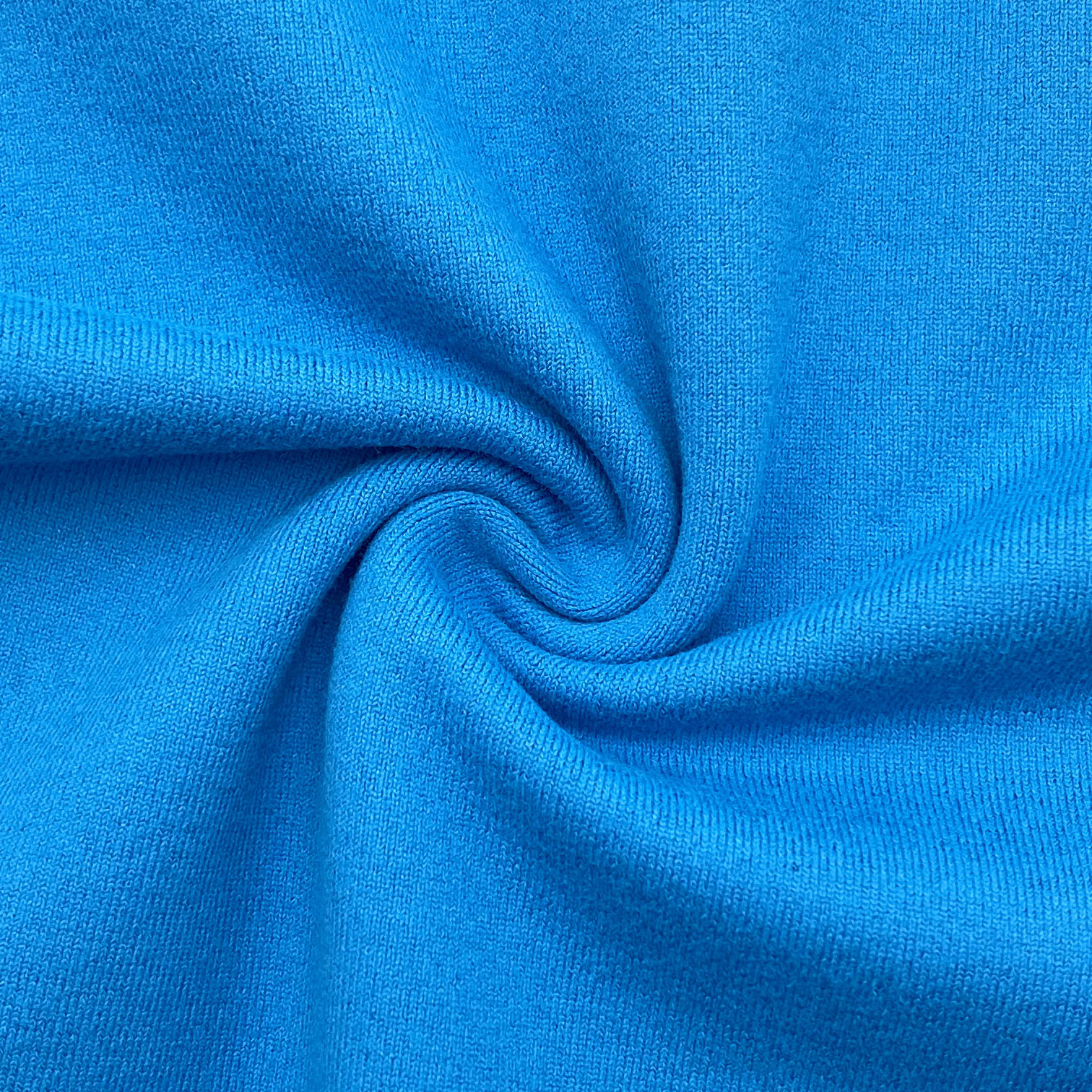1. Moisture Management: One of the primary characteristics of
activewear fabrics is their ability to effectively manage moisture. These fabrics are designed to wick away moisture from the skin, allowing it to evaporate quickly. Moisture management properties keep the body dry and cool during intense physical activities, enhancing comfort and performance. Fabrics with moisture-wicking capabilities help regulate body temperature, reducing the risk of overheating and discomfort.
2. Breathability: Activewear fabrics prioritize breathability, allowing air to circulate through the fabric. This characteristic enables the efficient release of heat and moisture, keeping the body cool and preventing the buildup of sweat. Enhanced breathability also helps prevent the development of odor-causing bacteria, maintaining freshness and hygiene during prolonged periods of physical activity.
3. Stretch and Flexibility: Activewear fabrics are known for their excellent stretch and flexibility. They are typically constructed with elastane or spandex fibers, providing a high degree of elasticity. The stretchiness of these fabrics allows for unrestricted movement, providing athletes and fitness enthusiasts with the flexibility they need to perform a wide range of motions comfortably. The fabric moves with the body, ensuring optimal range of motion and minimizing any constraints during active pursuits.
4. Lightweight and Quick-Drying: Activewear fabrics are often lightweight, which adds to the overall comfort of the garment. The lightweight nature of these fabrics reduces bulkiness, enhances ease of movement, and minimizes the load on the body. Additionally, activewear fabrics are engineered to dry quickly, ensuring that sweat and moisture evaporate rapidly. Quick-drying properties enable athletes to remain comfortable during intense workouts and activities, as the fabric doesn't retain moisture for extended periods.
5. Durability and Longevity: Activewear fabrics are designed to withstand the rigors of athletic activities. They are often constructed with durable fibers that can withstand frequent washing, stretching, and movement without losing their shape or performance. These fabrics are engineered to resist pilling, abrasion, and fading, ensuring that activewear garments maintain their quality and appearance over time.
6. Style and Aesthetics: Activewear fabrics offer a wide range of design options and aesthetics. They can be produced in various colors, patterns, and finishes, allowing for stylish and fashionable activewear garments. The versatility of activewear fabrics allows designers to create visually appealing sportswear, catering to different preferences and trends in the market.
7. UV Protection: Many activewear fabrics incorporate UV protection properties. They act as a shield against harmful ultraviolet (UV) rays, protecting the skin from sunburn and reducing the risk of long-term sun damage. UV-protective activewear fabrics are particularly essential for outdoor activities, where individuals are exposed to prolonged periods of sunlight.

